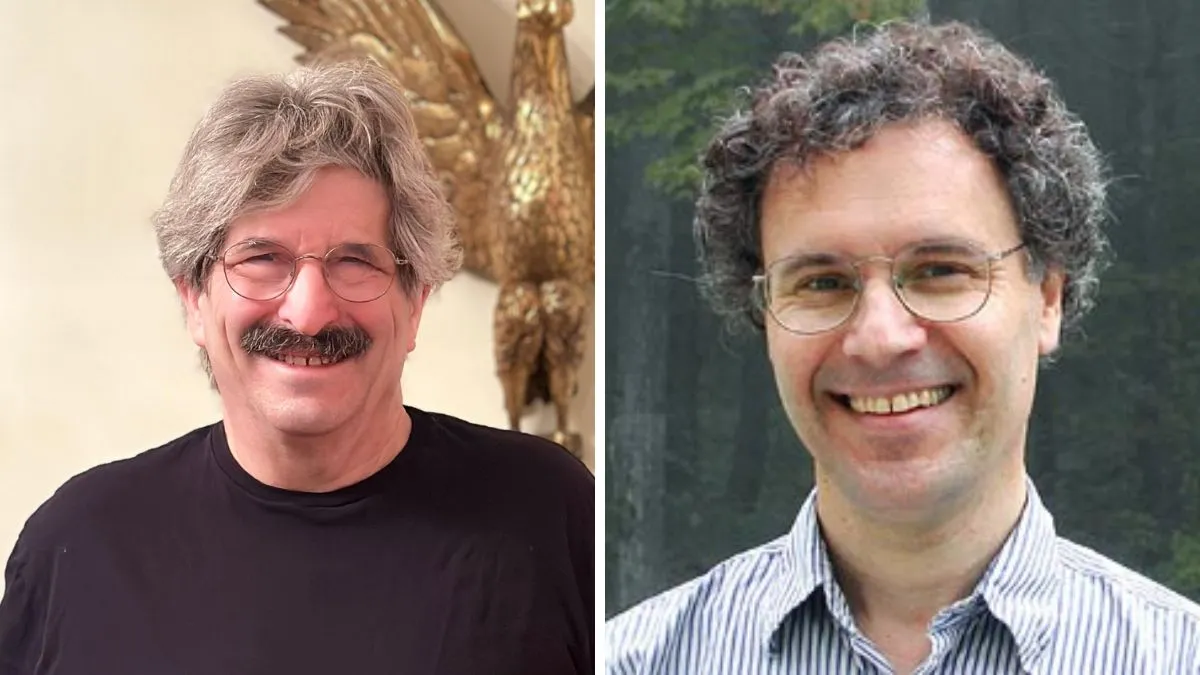Stockholm, October 6, 2025 — The Nobel Prize in Physiology or Medicine 2025 has been awarded to Mary E. Brunkow, Fred Ramsdell, and Shimon Sakaguchi for their pioneering discoveries concerning peripheral immune tolerance. Their research has significantly advanced our understanding of how the immune system distinguishes between harmful invaders and the body’s own tissues, preventing autoimmune diseases.
Key Contributions:
- Shimon Sakaguchi (Japan): In 1995, Sakaguchi identified a previously unknown class of immune cells known as regulatory T cells (Tregs). These cells act as “security guards,” suppressing overactive immune responses and maintaining self-tolerance.
- Mary E. Brunkow and Fred Ramsdell (USA): In 2001, Brunkow and Ramsdell discovered a mutation in the Foxp3 gene in mice, leading to severe autoimmune disorders. They later demonstrated that mutations in the human equivalent of this gene cause a similar condition, IPEX syndrome.
Sakaguchi subsequently linked these findings, showing that the Foxp3 gene regulates the development and function of Tregs. This connection established the foundation for the field of peripheral immune tolerance.
The laureates’ work has paved the way for potential treatments for autoimmune diseases, cancer, and complications arising from stem cell transplants. Ongoing clinical trials are exploring therapies that manipulate Tregs to either suppress or enhance immune responses, depending on the condition.
The Nobel Prize includes a monetary award of 11 million Swedish kronor (approximately $1.2 million), to be shared equally among the three recipients. The official award ceremony will take place on December 10 in Stockholm.



